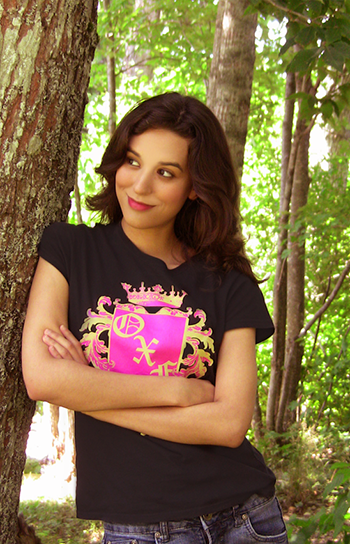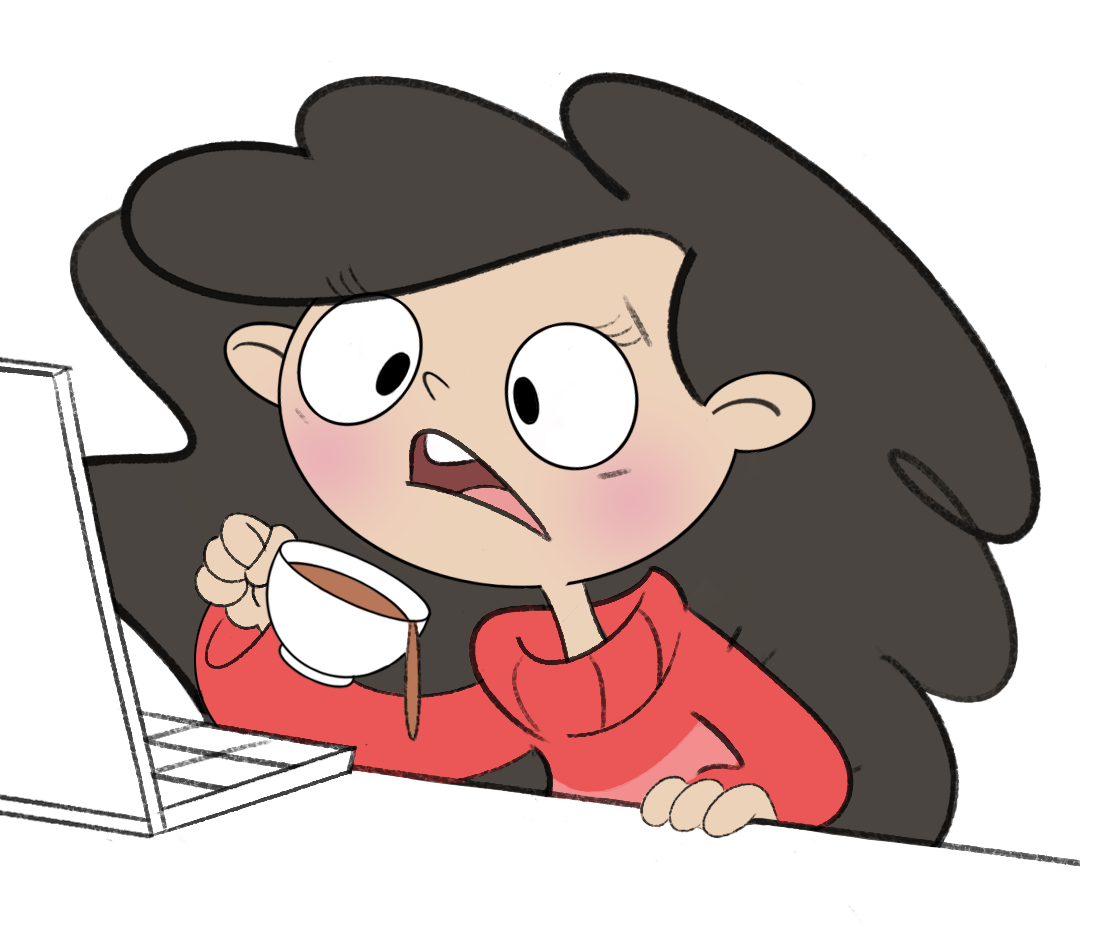NaNoWriMo, Scene Structure & Ritual Sacrifice

Hey guys,
So it’s my second-ever post, and I’m writing it at exactly 11:59pm. Which means that in one minute we’ll be a month away from NaNoWriMo—otherwise known as ‘National Novel Writing Month.’ If you’ve never heard of it before, it’s a challenge during which writers from around the world attempt to write 50,000 of a manuscript in just 30 days. Which is, of course, completely crazy. It’s the sort of thing that can only be achieved with the help of dark magic and some kind of ritual sacrifice, probably. But this year I’m joining in anyway, and since your here (reading this NaNoWriMo-themed post) I’m guessing you are too.
So in light of that, I thought I’d share my all-time favorite plotting device. Just in case you’re like me, and attempting to plan out your whole manuscript before NaNo even starts. It’s called ‘Scene Structure’ and it helps ensure each of your scenes have a compelling beginning, middle and end. More than that, it helps ensure each scene has purpose.
So how’s it work?
Scene Structure is the brainchild of author/story doctor Dwight Swain. And according to him, there are actually two different types.
The first includes three parts: The Goal, The Conflict and The Disaster.
The second also includes three parts: The Reaction, The Dilemma and The Decision.
Mr. Swain refers to the first structure as ‘The Scene’ and the second structure as ‘The Sequel.” But since they’re meant to be used consecutively anyway, for simplicity’s sake I’ve merged the two. In other words, today we’ll be using one Scene Structure with six parts. Which looks like this:

To make things a little clearer, let’s use this structure to breakdown a scene in a story Specifically, one from Harry Potter and the Chamber of Secrets, Chapter 5. If you don’t remember, that’s when Harry and Ron steal Mr. Weasley’s car in an attempt to get to Hogwarts.

Ready? Here it goes:
1. Goal: A Goal is what your POV character wants at the beginning of the Scene. Harry and Ron want to get to Hogwarts.
2. Conflict: Conflict is the series of obstacles your POV character faces on the way to reaching his Goal.
- Mr. Weasley’s car briefly reveals itself—potentially exposing them to the non-magical folk (a.k.a. Muggles) below.
- When they’re about to land at Hogwarts, the engine begins to fail.
3. Disaster: A Disaster is a failure to let your POV character reach his Goal. They crash into a tree. The tree turns out to be the ‘Whomping Willow’, which starts pummeling the sh*t of out the car.
4. Reaction: A Reaction is the emotional follow-through to a Disaster. Understandably, they’re pretty freaked out.
5. Dilemma: A Dilemma is a situation with no good options. They can’t escape the car. They can’t drive away, either—the engine’s dead.
6. Decision: A Decision is the act of making a choice among several options. The car’s engine sputters back to life. Harry shouts ‘Reverse!’ and the car does exactly that, managing to escape the tree. It then flees into the darkness, leaving Harry and Ron to trudge into Hogwarts.
…So now we’ve come full circle. We’ve gone from the Goal to the Decision, and now there’s a brand new Goal. In this case, getting inside Hogwarts. This inevitably leads to a new Conflict, a new Disaster, a new Reaction…and so on and so forth, until the cycle ends. In other words, until Harry experiences an Ultimate Victory or an Ultimate Defeat.
This is known as a Try-Fail Cycle. There are a lot of complicated explanations of it online, but for me the simplest is this: For every conflict that comes up, a question can be asked—will our hero succeed? And if you’re following Scene Structure, there are four possible answers:
- Yes
- Yes, BUT
- No
- No, AND
The above example is a ‘Yes, BUT’ scene. Why? Because YES, Harry and Ron do succeed in getting to Hogwarts, BUT when they finally get inside they’re intercepted by Serverus Snape—Harry’s least favorite teacher. He wants them to be serverly punished for their actions. Or worse, expelled.
But what about a ‘No, AND’ scene? That might’ve gone like this:
NO, Harry and Ron never get to Hogwarts. The car crashes halfway there—smack in the middle of the English countryside. AND now Harry’s arm is broken. Even worse? They encounter a hoard of ghosts that eat 12 year-olds for breakfast.
Basically, a ‘Yes, BUT’ scene is success followed by more conflict, while a ‘No, AND’ scene is failure followed by more conflict.
Also keep in mind that the Disaster doesn’t always have to be something earth-shattering—it merely has to impede the Goal. And not all the time, but sometimes, your character might not have the ability to choose an option at the Dilemma stage, or the chance to execute a decision at the Decision stage.
Going back to our Harry-Ron-Whomping Willow example, that means that before Harry shouts ‘Reverse!’, Dumbledore might enter the scene and, I dunno…magically freeze the tree? Turn it into a harmless ficus? Whatever the scenario, just ensure it leads to a new Goal so the cycle can restart.
…In case you’re wondering, though, there are times when you don’t need Scene Structure at all. These times are known as Happenings and Incidents. We’ll talk about those more later, but for now I’d really like to get some of your thoughts. Do you find structure helps your writing, or do you find it to constricting? Let me know in the comments! I’d really love to hear from you.
 Halley D. Roache
Halley D. Roache


Great article!
I’m posting this on my wall beside my writing desk!
Thanks for the info.
No problem! I love writing structure articles – so glad you found it useful C: